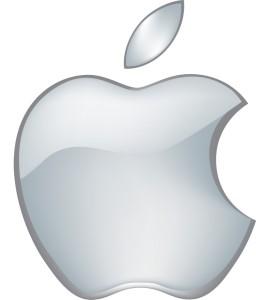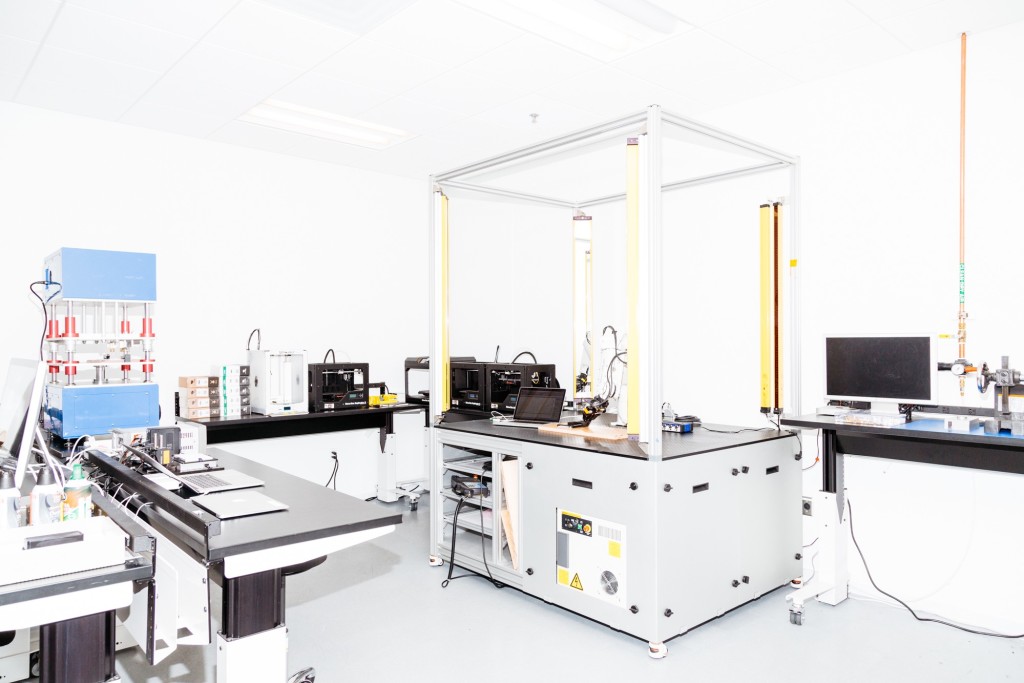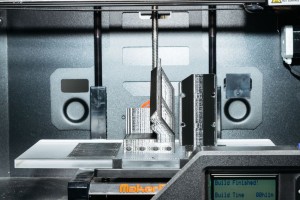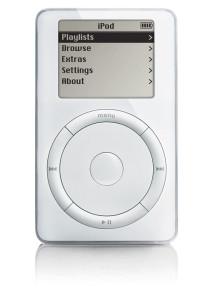 Apple is, and probably will always remain, a very controversial tech company that people either loathe, or absolutely adore. But regardless of how anyone feels about them, Apple is still one of the most successful companies in the world, and one of the most recognizable brands in history. That certainly wasn’t always the case, as they spent well over a decade barely staying afloat and consistently being left behind by their competitors. But after years of hard work, and under the guidance of their longtime CEO Steve Jobs, Apple evolved into one of the most trusted personal electronics companies in the industry, and no other company has yet been able to take their place.
Apple is, and probably will always remain, a very controversial tech company that people either loathe, or absolutely adore. But regardless of how anyone feels about them, Apple is still one of the most successful companies in the world, and one of the most recognizable brands in history. That certainly wasn’t always the case, as they spent well over a decade barely staying afloat and consistently being left behind by their competitors. But after years of hard work, and under the guidance of their longtime CEO Steve Jobs, Apple evolved into one of the most trusted personal electronics companies in the industry, and no other company has yet been able to take their place.
There is a famous Steve Jobs anecdote, used equally to praise him and deride him depending on who tells it, where he supposedly dropped an iPod prototype into a fishtank to prove a point to his engineers. Jobs wanted the iPod to be smaller, and the engineers had just told him that it was as small as it was going to get. So Jobs dropped the iPod into the fish tank and watched several bubbles escape and rise to the surface, then turned to his engineers and told than that if there was air inside, then the device could be made smaller. There is, of course, no proof that this ever actually happened, but it doesn’t contradict the extreme levels of perfection that he very publicly expected out of his employees.
One of the reasons for Apple’s continued success is the culture of perfectionism that Jobs carefully developed at the company, which continues on. Apple notoriously will spend months and even years longer than their competitors to get their products just right, and they tend to be extremely secretive about their product development cycle. For years the tech world has been filled with rumors about what was in the Apple test lab, and how the testing process works. Rumors that would never be acknowledged much less addressed by the company. And the press was rarely given details about the testing process, much less let inside of the actual testing lab and allowed to look around.
But it seems that Apple’s current CEO Tim Cook may be loosening up that tight grip on their development process a little bit, at least when it comes to their testing lab. They recently allowed Backchannel access to the top secret Input Design Lab where all of their new keyboard, trackpad, and mouse prototypes are tested and perfected. What they saw inside was a collection of precision machinery that any makespace would kill to have access to. Among the variety of sensors, robots designed to click and tap hardware and customized testing machinery they also found a bank of 3D printers that it turns out play an important role in the entire process.
 From the pictures that Apple allowed the Backchannel team to use I noticed a lone Ultimaker 2 and a whole collection of MakerBot Replicator 2 3D printers. The collection of MakerBot Replicators and Ultimakers aren’t there to 3D print prototypes as you might expect, but rather to give the testers more flexibility when it came to performing tests on new products. They are primarily used to 3D print custom designed structures and devices that the lab team can use to hold Apple prototypes at certain angles or put specific pressure on specific parts. It turns out that 3D printing plays a vital role in putting new production-ready products through their paces, not just in the early development phase.
From the pictures that Apple allowed the Backchannel team to use I noticed a lone Ultimaker 2 and a whole collection of MakerBot Replicator 2 3D printers. The collection of MakerBot Replicators and Ultimakers aren’t there to 3D print prototypes as you might expect, but rather to give the testers more flexibility when it came to performing tests on new products. They are primarily used to 3D print custom designed structures and devices that the lab team can use to hold Apple prototypes at certain angles or put specific pressure on specific parts. It turns out that 3D printing plays a vital role in putting new production-ready products through their paces, not just in the early development phase.
 The entire tour through the Input Design Lab, called Vallco Parkway, is a fascinating look inside of a very secretive company’s inner workings and I think illustrates exactly why their products are consistently considered some of the best hardware on the market. But personally I found it more interesting that the 3D printers that Apple chooses to use in their testing facilities aren’t expensive professional printers but typical desktop models. I’m not sure if Apple is simply being thrifty, or if maybe they know something about the cost versus benefits of consumer 3D printers that we don’t. You can read more about the Backchannel tour of Vallco Parkway here.
The entire tour through the Input Design Lab, called Vallco Parkway, is a fascinating look inside of a very secretive company’s inner workings and I think illustrates exactly why their products are consistently considered some of the best hardware on the market. But personally I found it more interesting that the 3D printers that Apple chooses to use in their testing facilities aren’t expensive professional printers but typical desktop models. I’m not sure if Apple is simply being thrifty, or if maybe they know something about the cost versus benefits of consumer 3D printers that we don’t. You can read more about the Backchannel tour of Vallco Parkway here.
Discuss this story in the Apple 3D Printing Forum thread on 3DPB.com.
[Source/Images: Backchannel]Subscribe to Our Email Newsletter
Stay up-to-date on all the latest news from the 3D printing industry and receive information and offers from third party vendors.
You May Also Like
3D Printing News Briefs, April 13, 2024: Robotics, Orthotics, & Hypersonics
In 3D Printing News Briefs today, we’re focusing first on robotics, as Carnegie Mellon University’s new Robotics Innovation Center will house several community outreach programs, and Ugogo3D is now working...
Rail Giant Alstom Saves $15M with 3D Printing Automation Software 3D Spark
3D Spark has entered into a three-year deal with the rail giant Alstom. Alstom, a transport behemoth with annual revenues of $16 billion, specializes in the manufacture of trains, trams,...
Meltio Expands Global Reach with New Partnerships in the Americas and Europe
Spanish 3D printing manufacturer Meltio has expanded its sales network across the globe. With the addition of three new partners in the United States, Brazil, Argentina, and Italy, Meltio aims...
3D Printing Webinar and Event Roundup: April 7, 2024
Webinars and events in the 3D printing industry are picking back up this week! Sea-Air-Space is coming to Maryland, and SAE International is sponsoring a 3D Systems webinar about 3D...
































